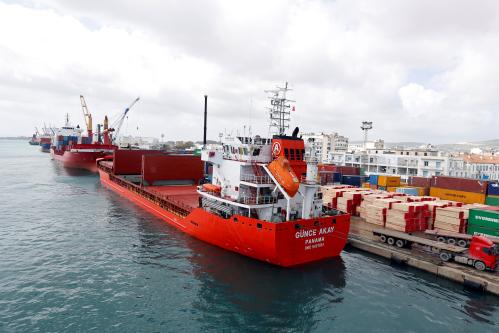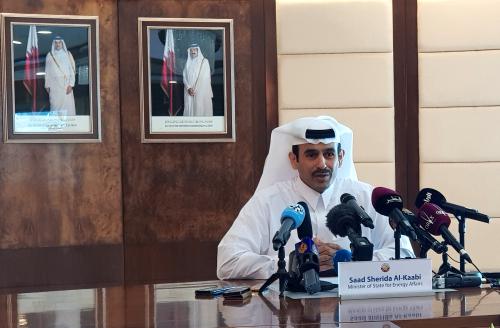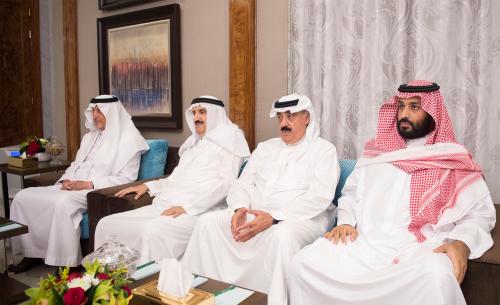Qatar’s bid to host the 2022 World Cup tournament was successful, making it the first Arab nation to host the quadrennial sporting event. Edward Sayre reviews Qatar’s economic and social development over the last 30 years leading up to this historic first.
This week could be a historic one for the Middle East. Despite the ongoing potential for conflict that always seems to loom over the region, there is a possibility that an Arab country will, for the first time, be chosen as the host of a major international sporting event. Host countries for the World Cup finals will be announced on December 2 and Qatar has submitted an impressive bid to host the 2022 tournament. Even despite controversy surrounding the site selection process, getting to this stage is a major achievement for this Arab nation.
Let’s not forget how far Qatar has come in a relatively short period of time. According to World Bank estimates, Qatar’s GDP per capita was $34,152 in 1980. Almost 30 years later, its GDP per capita was estimated at $121,000 for 2009, ranking it second highest in the world. Qatar’s Human Development Index is 50 percent higher today than the average figure for all the Arab states, giving the country a rank of 38 out of 169 countries with comparable data. This broader index includes health outcomes and educational outcomes, indicating that Qatar has turned its wealth into human wealth.
What happened in the intervening 30 years is mostly connected to the wealth of the country’s oil and natural gas resources. Currently, 60 percent of Qatar’s GDP is directly accountable to its energy resources sector. While Qatar’s oil production is dwarfed by its neighbors Saudi Arabia, Kuwait and UAE, it has the world’s third largest natural gas reserves (behind Russia and Iran). Furthermore, what sets Qatar’s recent development path ahead of others is that it has invested heavily in liquefied natural gas (LNG) technology and production facilities over the past 20 years and is now the world’s leading exporter of LNG.
With a population of just over a million people and labor force of only 500,000, most of the industrialization of Qatar has occurred with the assistance of foreign workers. Increasing the number of nationals employed in the private sector or the “Qatarization of the workforce” is a challenge for Qatar and many of its neighbors since the generous welfare state makes private sector and quasi-public sector jobs less appealing that the public sector.
The hosting of the World Cup by Qatar is likely to have a positive economic impact throughout the region. Previous studies have shown that short-run employment increases by 15 to 25 percent as a result of major international sporting events. With youth unemployment rates in the broader Middle East region ranging from two to five times higher than older age groups, much of the employment gain is likely to be distributed to the youth.
There has been an attempt in the past five years for Qatar to shift its development from one solely dependent on oil and natural gas to a ‘knowledge-based economy.’ It has already made great strides in doing so. Education reform passed in 2001 has attempted to break the mold of the rote memorization system that is characteristic throughout the Arab world. The development of Education City by the Qatar Foundation for Education, Science and Community Development is aimed at making Doha the center of educational excellence in the Middle East region.
Doha has already hosted international meetings on politics and economics. Now, it is time to have Doha and Qatar highlight the Arab world’s potential by showcasing a knowledge economy that will thrive, even when the world’s energy needs no longer depend upon the Middle East region.
The Brookings Institution is committed to quality, independence, and impact.
We are supported by a diverse array of funders. In line with our values and policies, each Brookings publication represents the sole views of its author(s).






Commentary
Qatar’s Bid for the World Cup: Shifting to a Knowledge Based Economy
December 2, 2010